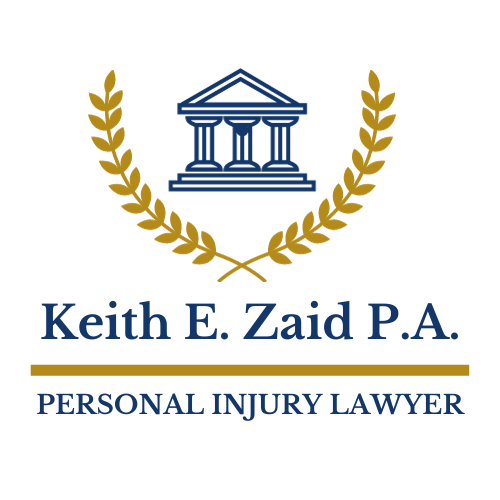Many people are injured in motor vehicle accidents each year in New Jersey due to very high urban population densities. A significant amount of these accidents involve pedestrians. A pedestrian is an individual using the sidewalk or roadway while standing, walking, running, jogging, or using a bicycle that is propelled by pedal power only. By law and some municipal ordinances, bicycles are required to follow the same rules of the road as motor vehicles. That is, a bicyclist is required to keep to the right-hand side of the roadway, travel in the same direction as motor vehicles on the roadway, stop at Stop signs and Red lights, use signals when turning, wear a helmet, etc. Some municipal ordinances prohibit riding a bicycle on the sidewalk. If a motor vehicle accident occurs with a bicycle and the bicyclist has violated a traffic law or ordinance, the claims the bicyclist has against other parties in the accident may be diminished.
Pedestrians must also abide by certain traffic regulations and municipal ordinances. Some of the obvious rules are that pedestrians should cross a roadway at an intersection with a crosswalk and walk within the crosswalk if there is one. The pedestrian should wait for the light in his direction to turn green and the walking countdown indicator to allow for pedestrian crossing before entering the roadway. A good habit for the pedestrian is to look in all directions even if their light and indicators are green to assure that the roadway is safe to enter. A pedestrian seeking to cross the roadway at an uncontrolled intersection should make observations in all directions and not enter the roadway unless the roadway is clear and safe to enter. A pedestrian seeking to cross the roadway should cross in a perpendicular manner. A pedestrian crossing a roadway at night should wear bright or reflective clothing. Pedestrians who are struck by a motor vehicle while violating rules of the road or ordinances applicable to pedestrians or the above-mentioned common-sense suggestions may have their claims for damages against the motor vehicle operator diminished.
In New Jersey, pedestrians injured by a motor vehicle must make a claim for payment of medical bills with their own automobile insurer if they have one or, if they own no automobile at the time of the accident, then to the insurer of an automobile owned by a resident relative of the pedestrian’s household if there is one, or to the Property Liability Insurance Guaranty Fund (PLIGA) of the State of New Jersey if the pedestrian owns no automobile nor lives with a resident relative who owned an insured automobile at the time of the accident. The claim with PLIGA must be filed within 6 months of the accident. A pedestrian injured by a commercial vehicle may have a claim for medical benefits with the insurer of the commercial vehicle. A pedestrian can seek payment of such injury related medical bills regardless of fault or partial fault on the part of the pedestrian as to the cause of the accident. All claims for medical benefits must be presented within 2 years from the date of the accident.
The aforesaid is a brief summary of the laws, rules and ordinances respecting pedestrian/bicycle accidents and is not intended to encompass all of the issues attendant to this type of situation. For a complete understanding of this area of law or to discuss your pedestrian accident case, please call the lawyers at Keith Zaid Law.


